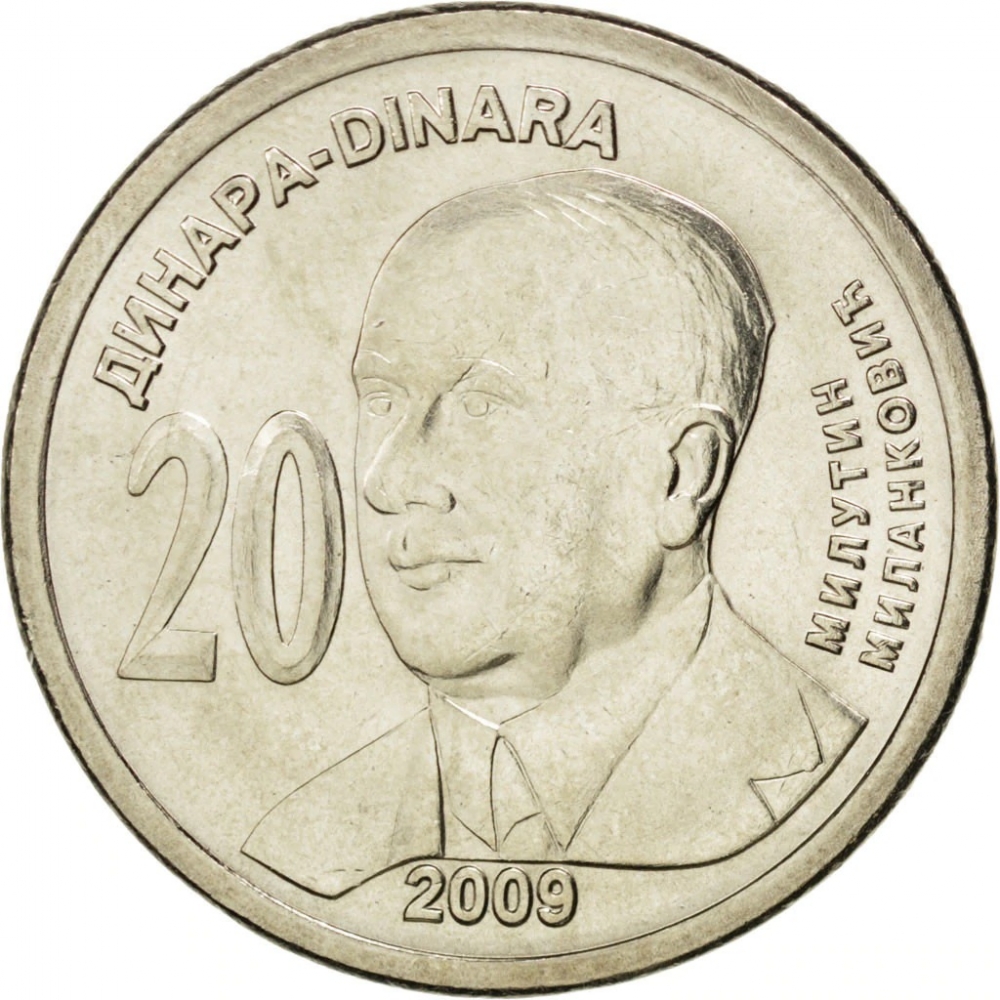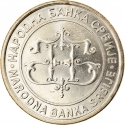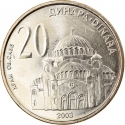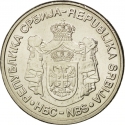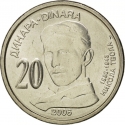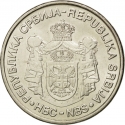You are about to finish your registration. Please check your mailbox (including spam folder). There should be a letter with a confirmation link. Check setting to make sure that your e-mail address is correct.
Send letter againDescription
Milutin Milanković (1879–1958) was a Serbian mathematician, astronomer, climatologist, geophysicist, civil engineer and popularizer of science.
Milanković gave two fundamental contributions to global science. The first contribution is the "Canon of the Earth’s Insolation", which characterizes the climates of all the planets of the Solar System. The second contribution is the explanation of Earth's long-term climate changes caused by changes in the position of the Earth in comparison to the Sun, now known as Milankovitch cycles. This explained the ice ages occurring in the geological past of the Earth, as well as the climate changes on the Earth which can be expected in the future.
He founded planetary climatology by calculating temperatures of the upper layers of the Earth's atmosphere as well as the temperature conditions on planets of the inner Solar System, Mercury, Venus, Mars, and the Moon, as well as the depth of the atmosphere of the outer planets. He demonstrated the interrelatedness of celestial mechanics and the Earth sciences and enabled a consistent transition from celestial mechanics to the Earth sciences and transformation of descriptive sciences into exact ones.
Obverse

|
Depicts coat of arms of Serbia (with curved bottom of top crown, 2004–2010) surrounded by the country name (above) and an abbreviation of the National Bank of Serbia (NBS) written in Latin and Cyrillic letters. РЕПУБЛИКА СРБИЈА-REPUBLIKA SRBIJA |
|---|---|
Reverse

|
Depicts a portrait of Milutin Milanković, value on the left and above, name, dates of birth and death, on the right, date of issue below. ДИНАРА-DINARA |
| Edge |
5 reeded segments with 19 reeds each |
20 Dinara
1st Coat of Arms
130th Anniversary of Birth of Milutin Milanković
KM# 52
130th Anniversary of Birth of Milutin Milanković
Characteristics
| Type | Commemorative Issue (Circulating) |
| Material | Copper Nickel Zinc |
| Weight | 9 g |
| Diameter | 28 mm |
| Thickness | 2.06 mm |
| Shape |
|
| Alignment | Medal |
| Mint |
Institute for Manufacturing Banknotes and Coins (ZIN)
|

